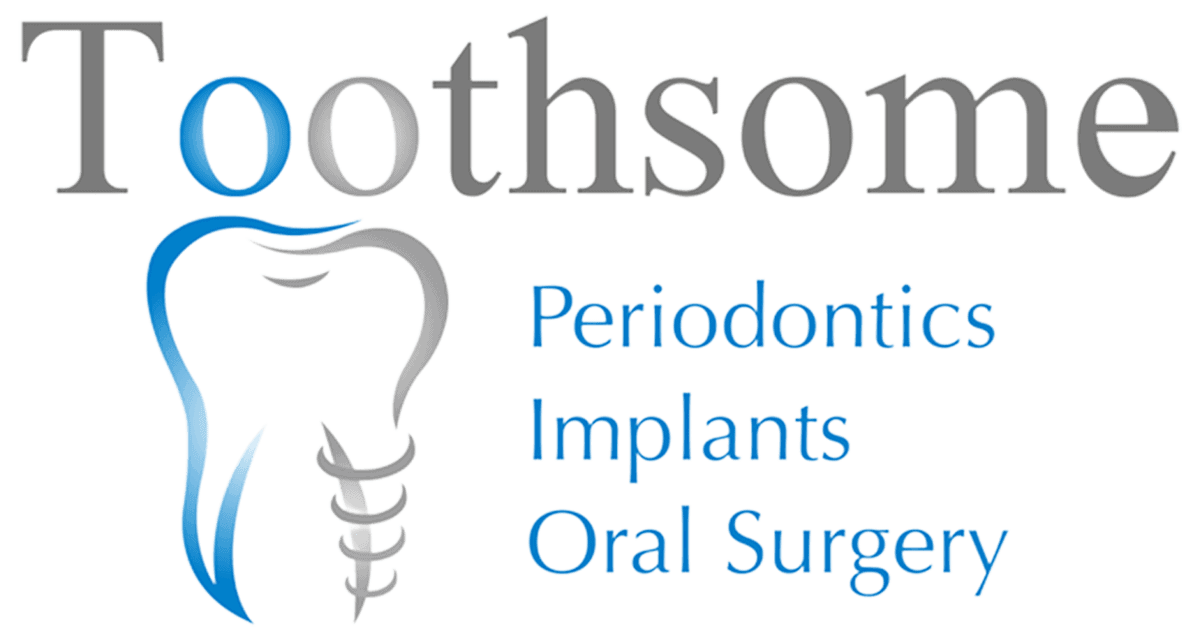
Unhealthy gums can cause intense discomfort and even tooth loss, depending on the particular stage of gum disease. Gum health has a direct impact on your comfort and confidence in everyday life. Here are a few tips on how to get healthy gums, along with some of the science behind gum disease.
The warning signs
Unhealthy gums can lead to an increased risk of heart disease as well as Alzheimer’s disease.
The first stage of gum disease is gingivitis, which is essentially inflammation of the gums. This inflammatory response is your body’s way of letting you know that something is wrong and needs to be changed. Some of the uncomfortable signs and symptoms of gingivitis include:
- Gum puffiness or swollen gums
- Bleeding gums or gums that bleed when you brush or floss
- Bad breath
- Tender gums
Gingivitis can usually be resolved by following good oral hygiene, professional hygiene cleanings and routine dental check-ups. However, if left untreated, gingivitis can progress to the second stage of gum disease, which is much more serious.
Periodontitis: the second stage of gum disease
In this stage, unchecked gingivitis progresses into periodontitis, which is the irreversible damage of the supporting bone and fibres that hold your teeth in place. Pockets in the bone around the teeth form. This causes food, plaque and bacteria to get trapped deep in the pockets around your teeth causing more damage. Unfortunately, your toothbrush, floss or waterpick cannot reach into these pockets so you have to see a dentist or Specialist Periodontist to stop the progression of the disease.
Periodontal therapy can stop the disease getting worse and alleviate symptoms. For most people, the active treatment involves non-surgical debridement of the teeth and roots. This is performed by a Specialist Periodontist. Some deeper pockets may require surgical periodontal therapy. Surgical periodontal therapy is a small surgical procedure done in the dental clinic under a local anaesthetic.

Advanced periodontitis: the final stage of gum disease
In the most advanced stage of gum disease, teeth can shift or loosen due to the extreme loss of fibre and bone support that follows gum inflammation. Your Specialist Periodontist is trained to manage these teeth so that these loose teeth firm up, stabilise and keep functioning. If your teeth do not respond to periodontal treatment, the last resort is to have the tooth removed and replaced with a dental implant.
What’s the science behind healthy gums?
Healthy gums require good oral hygiene, a well-balanced diet and regular dental visits. Smoking is a big contributing factor to gum disease so we always advise our patients to stop smoking. Poor oral hygiene leads to the buildup of plaque on teeth. Plaque is full of bacteria that release toxins and acids. These toxins cause inflammation of the gums and the acids cause decay of teeth. If plaque is not removed thoroughly with good home oral hygiene and regular dental visits, the plaque calcifies and becomes tartar. Tartar (or calculus) cannot be removed at home with a toothbrush and you will need to see your dental professional.
Here are some tips for healthy gums.
See your dentist regularly
Visit your dentist regularly for teeth cleaning and check-ups. That way, your hygienist and dentist can monitor your gum health and remove plaque build up, spot potential issues before they become major problems, and advise you on daily care. If you are at risk of periodontitis or have deep pockets that don’t respond to general dentist cleaning, your dentist or hygienist may refer you to see a Specialist Periodontist for further management.
Brush and floss–the right way
It’s important to thoroughly brush your teeth with a soft-bristle toothbrush at a 45-degree angle at least twice a day. Use a toothpaste containing fluoride and try to brush for about two minutes each time. If you are unsure about the correct brushing technique, you should ask your dentist or hygienist to demonstrate a technique that is suitable for your. Our Specialist Periodontist generally recommends electric toothbrushes for most of our patients.
Additionally, floss daily. Flossing reaches where a toothbrush just can’t go, and helps keep the space between teeth and gums clean and free of plaque, debris, and harmful bacteria. Your dentist or Periodontist may have advised you to use special interdental brushes. It is important to use these as instructed. If you are unsure about which interdental brush is right for you, your dental professional will guide you.
Stop smoking
Smoking increases the risk of gum disease. There are many reasons why smoking contributes to and worsens gum disease. The take home message is that if you stop smoking then your gums will respond better to gum treatment.
Use advanced interdental tools
If you have been advised to use interdental brushes, then you should. Interdental brushes are excellent tools to clean the gaps between teeth, between the roots of teeth, under bridges or sometimes around implants. Your dentist, hygienist or Periodontist will show you how to use these brushes and recommend the best size brush for you.
Conclusion
These tips for healthy gums can aid you in taking ownership of your dental health and improve the overall well-being of your mouth, your gums, and your smile.
Call Toothsome on (02) 9158 6637 today to begin your journey to optimal dental health. Our Specialist Periodontist accepts new patients at Toothsome dental clinics in Chatswood and Baulkhams Hills, Sydney.
Any surgical or invasive procedure carries risks. Before proceeding, you should seek a second opinion from an appropriately qualified health practitioner.


